GAN INFORMATION FOR PARENTS & PROVIDERS
The information on this page is provided by parents of children with Giant Axonal Neuropathy (GAN). We hope you find the information helpful in the care of patients suffering from GAN.
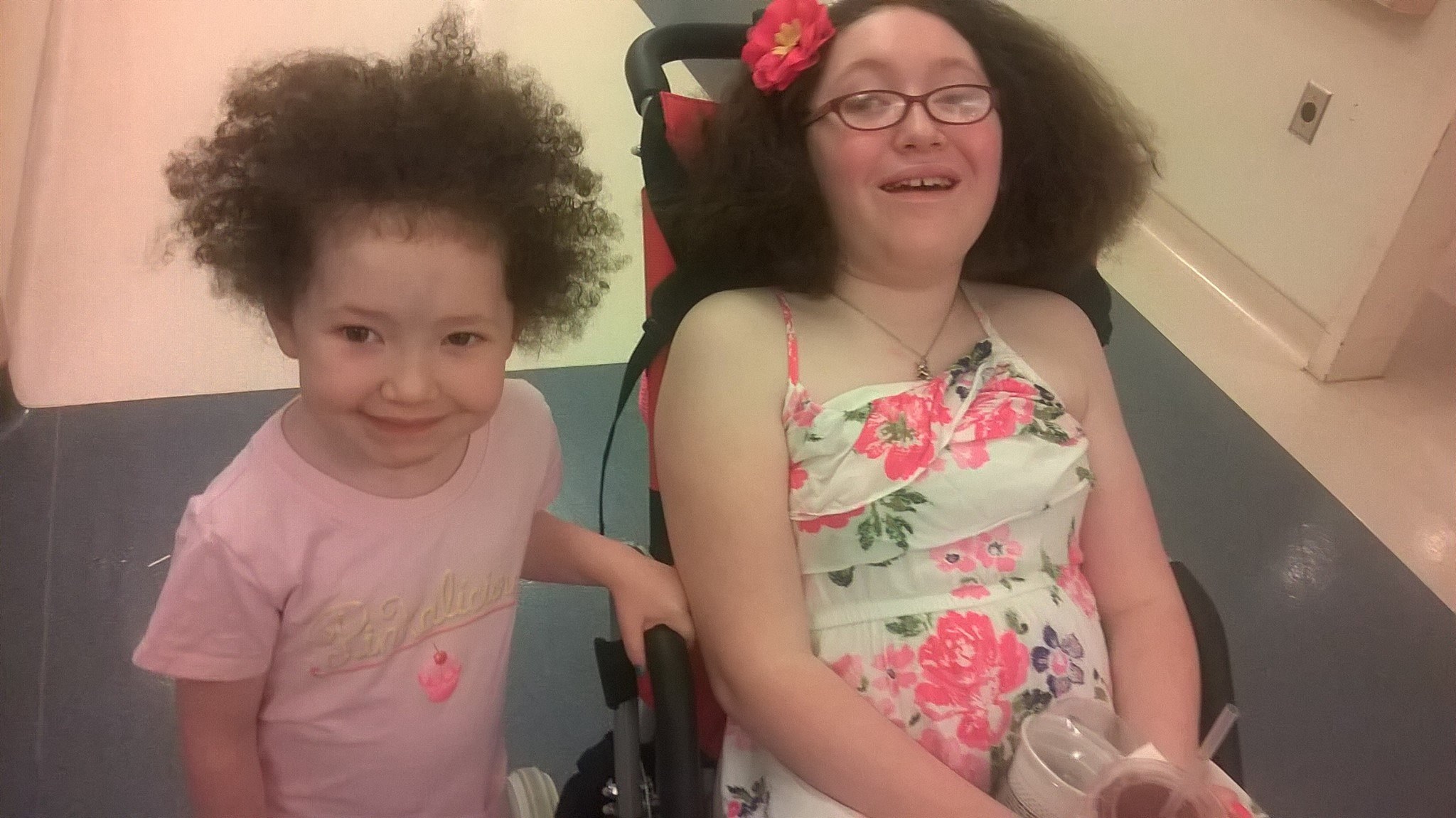
Hiccups (Chronic)
A few GAN patients have had episodes of chronic hiccups. Baclofen is a prescription drug known to treat chronic hiccups. The parents of a 14-year-old boy with GAN were given this drug intravenously and reported that his hiccups ceased in 5 minutes.
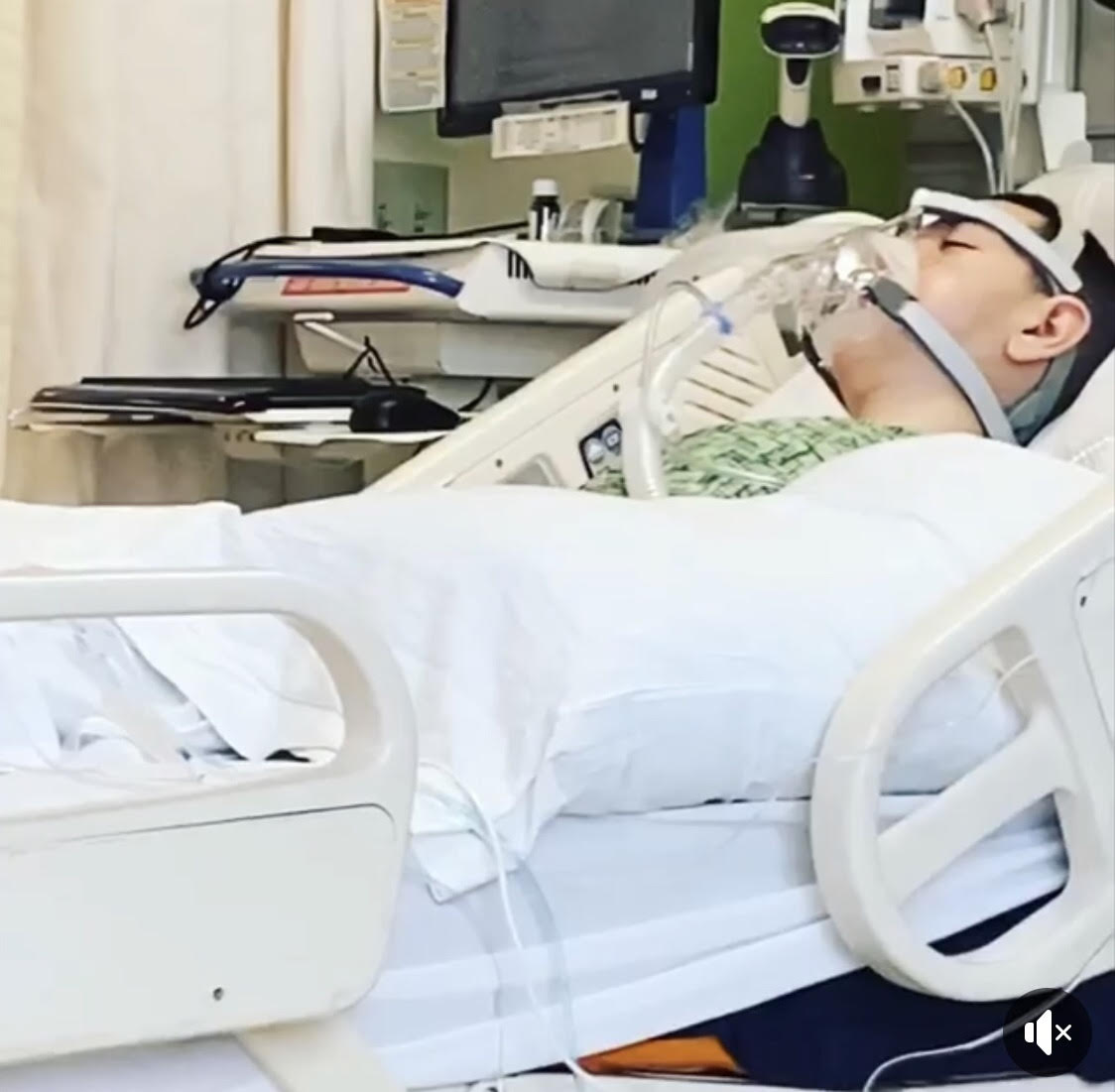
Aspiration Risk After Surgery
Aspiration is when food or liquid enters the lungs, and it can be fatal. It is critically important that the airway of a patient with GAN is protected for several days after surgery to prevent aspiration.
Anesthesia and narcotics (pain medications) typically slow down the movement of the gastrointestinal (GI) tract, especially in GAN patients. It can take several days, even more than a week for a GAN patient’s gastrointestinal (GI) tract to wake up and start moving normally again. After surgery, your child should not eat or drink until the medical team gives their approval. To make this determination, they will use a stethoscope to listen for sounds that indicate the child’s bowels are moving again. This is critically important, as patients with GAN are at high risk for aspirating food or liquid into the lungs if they begin eating before their GI tract is functioning again.
Tragically, one child with GAN child died 3 days following scoliosis surgery. She was eating almost immediately before her GI tract was moving while still in the ICU. She vomited and aspirated a few hours after moving to a surgical floor, following another full meal.

Tendon Release Surgery
Dr. Roy Nuzzo, Summit, NJ pioneered a tendon release technique. GAN patient Hannah Sames had her first tendon release surgery to treat collapsed arches at Columbia University, in NYC, which was unsuccessful. Two years later, an orthopedist in New Jersey recommended Dr. Nuzzo. Dr. Nuzzo’s tendon release technique worked for Hannah, and continues to work – it’s been 9 years since her tendon release surgery. The doctors at the NIH are always impressed with Hannah’s range of motion when they examine her feet annually.
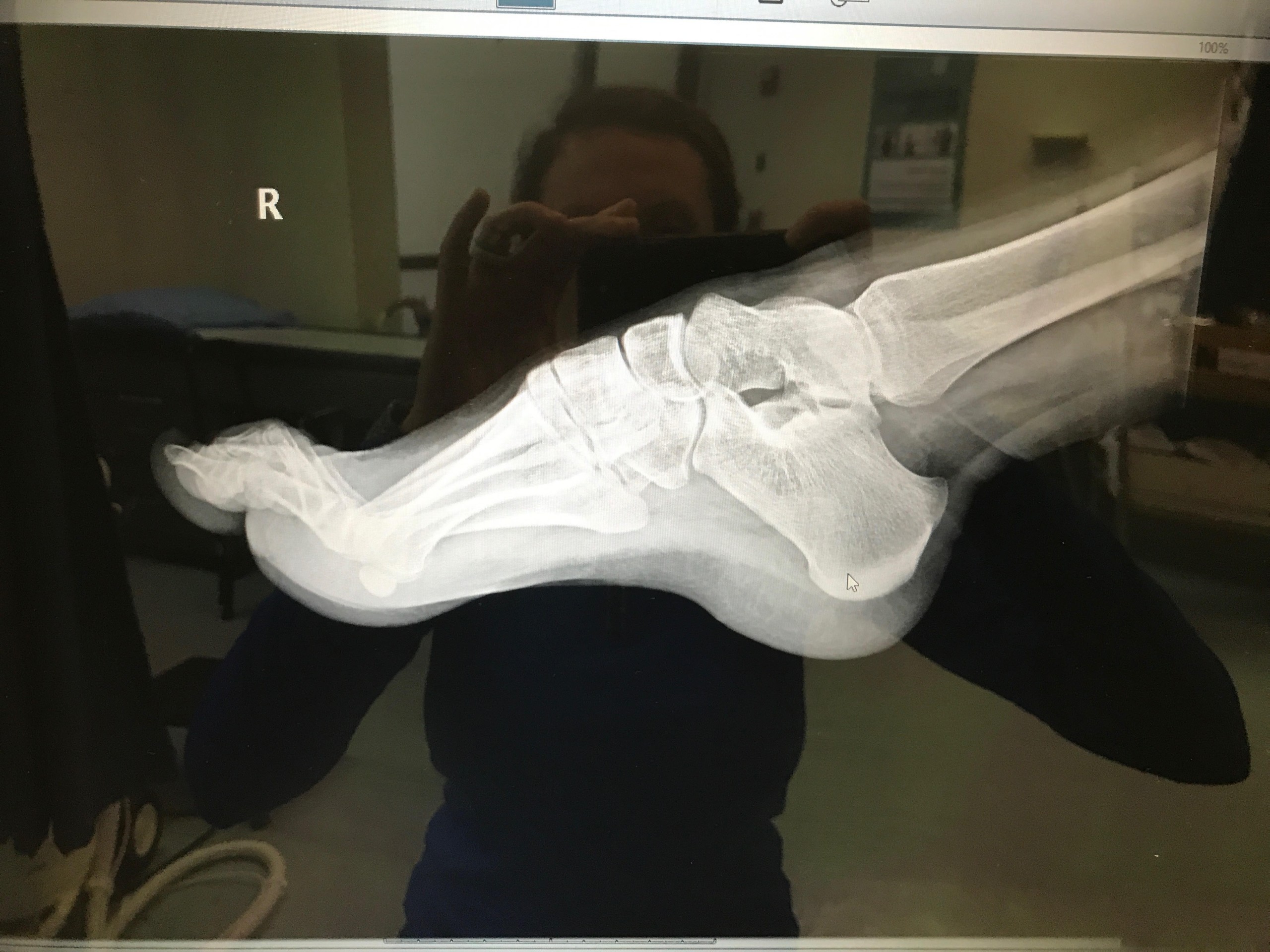
Pes Cavas (High Arch)
While most GAN patients have foot drop due to low muscle tone, some patients have incredibly high arches and require foot reconstruction in order to remain ambulatory. Both Lexi and Justin Clark had foot reconstruction surgery with Dr. David Antekeier. Justin had pins put in his toes with his initial surgery. Lexi didn’t and ended up having her toes pinned 15 months after the surgery on her 2nd foot. Their mother, Lagenia Clark is a good resource.
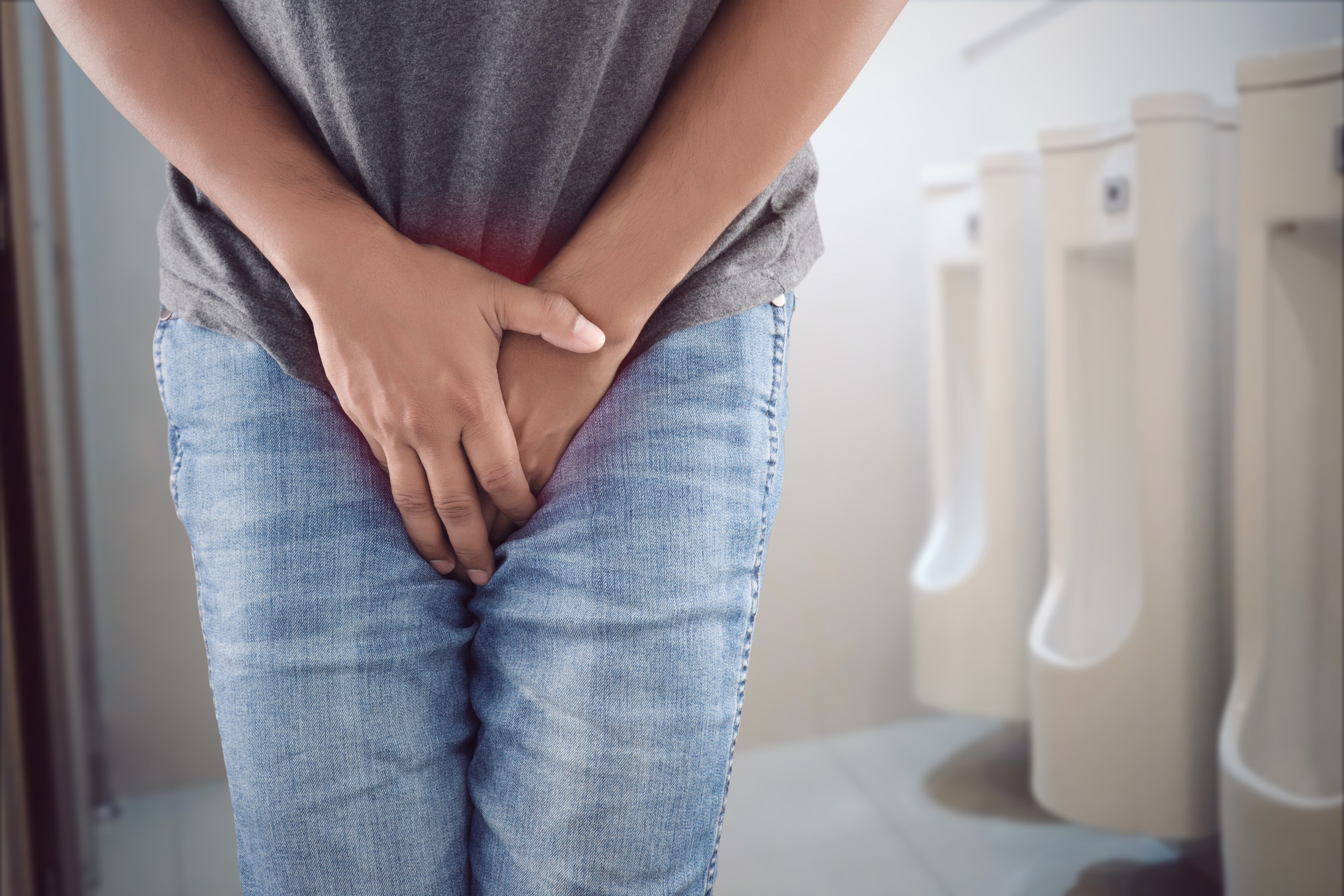
Urinary Tract Infections (UTIs)
Both male and female GAN patients tend to get frequent UTIs. They are often caused by debris in the bladder from not fully emptying. It’s important to consult with a Pediatric Urologist if your child begins having recurrent UTIs. You will very likely need to begin regular catheterization to help the bladder fully empty. After the flow of urine stops, gently press down on the lower abdomen and you will be amazed how much more urine expels. Nitrofurantoin used as prophylaxis (to prevent rather than to treat) has been shown to be very effective in preventing the need for antibiotics to treat symptomatic UTIs.
You will need to educate your pediatrician that not every UTI needs to be treated. Urologists dealing with patients that get frequent UTIs only treat “symptomatic” UTIs, meaning they are experiencing either fever and/or pain (abdominal or back pain). A positive urine culture, discolored urine, and/or abnormally smelling urine are not treated unless the patient also has a fever or pain. Frequent antibiotic use can lead to C. diff bowel infection, which can be difficult to treat.
If a GAN patient needs to be catheterized a few times a day, consult with your urologist about having a fixed catheter placed through the abdomen. This can be reversed down the road, if the patient is able to begin emptying on their own again.
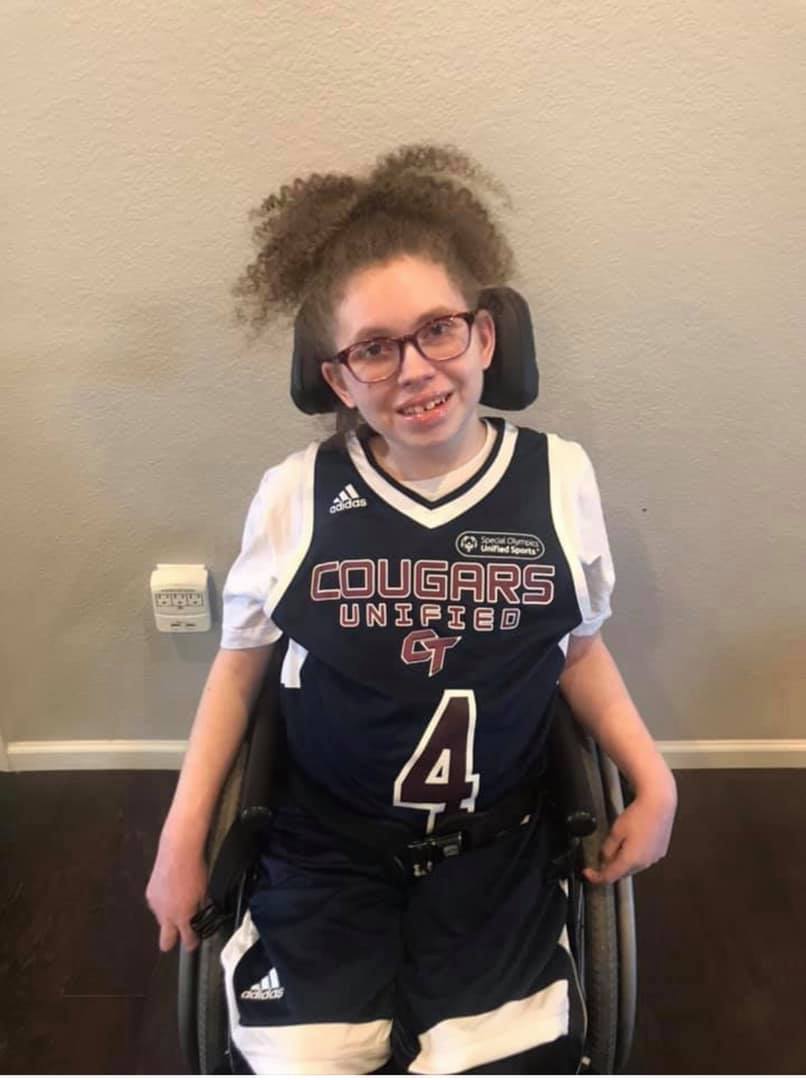
Dry Eye/Vision
If your child’s eyes are red and/or tearing, it’s due to dry eyes. Many children with GAN sleep with their eyes open. It’s very important that you use an eye GEL (not just lubricating eye drops). Use either Sustane or Refresh brand GEL drops morning and night. Make certain the label reads “gel”, not just lubricating. Hannah tends to get styes with the Sustain brand. She prefers the Refresh brand of gel drops.

Body Temperature
The autonomic nerves control involuntary functions like the regulation of internal body temperature, and GAN impacts autonomic nerve function. GAN parents should take a child’s temperature a few times a year when healthy to keep track of baseline body temperature. Sadly, as GAN progresses and impacts autonomic nerves, our kids can’t properly regulate their body temperature, especially when they are sick. It is not uncommon for a teenage or pre-teen GAN child’s body temp to drop as low as 94°F when they are sick. If your child’s temperature drops below 95°F, bring them to the ER, as they need warming blankets and medical doctor’s oversight.
Also, GAN patients don’t sweat properly, so they have trouble self-cooling in extreme heat. It’s important to keep moistening their skin until you can get them out of extreme heat.
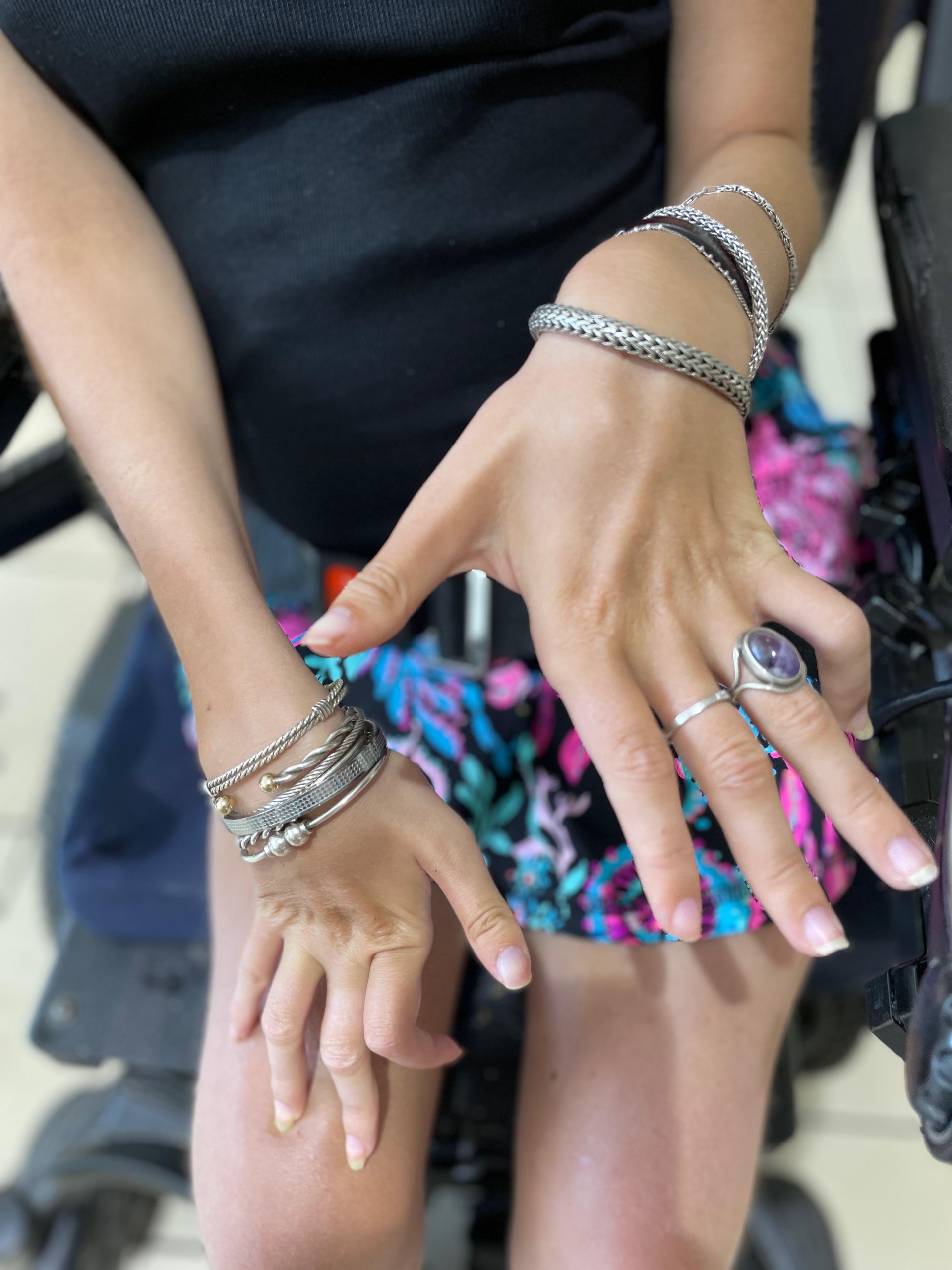
Finger Contractures
Due to neuropathy, GAN patients’ fingers and later their hands curl inward. It’s extremely important to do hand and finger exercises a few times a day. Sleeping splints can help keep fingers and hands straighter for much longer.

Pressure Ulcers (Bedsores)
Early on, children with GAN stop rolling to their sides at night. This leads to pressure ulcers on their coccyx (tailbone). If insurance won’t pay for an airflow mattress to prevent bedsores, you can buy one online inexpensively. This, alone doesn’t prevent them. Hannah has success if we wedge a small rectangular throw pillow under each hip so her tailbone is in the air. We make certain her disposable urine pad isn’t pressed tightly against her tailbone.
Wheelchair cushions with the coccyx cut out are great. Be very cautious of gel cushions. Hannah had a gel cushion with the coccyx cut out and the gel shifted. She was therefore sitting on the metal base of the wheelchair seat and she developed a small ulcer.
Colloidal pads can be purchased over the counter, and they help speed healing.
If you notice a red mark or an ulcer starting do not put moisturizer on it. You do not want the skin soft. Eventually, you want a scar to develop to give protection.
Scoliosis (Curvature of the Spine)
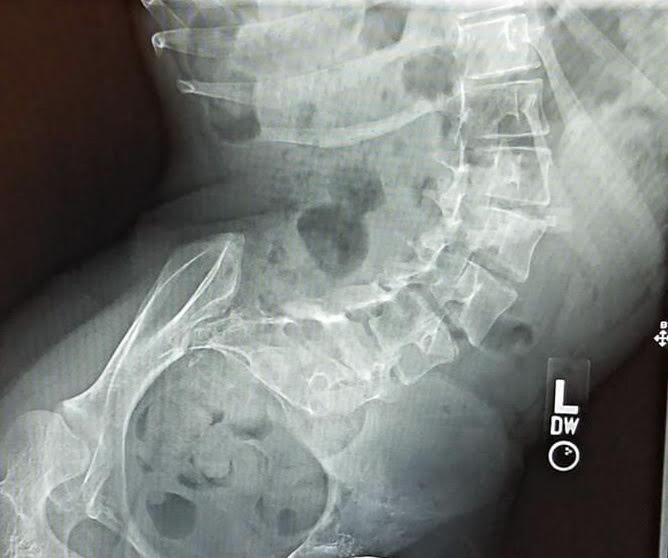
Once the spine begins to curve, it usually changes quite dramatically in just a 9 month period. It’s important to see the orthopedic surgeon every 6 months. Our experience is, once scoliosis begins, it’s inevitable that surgery will be necessary. Children seem to have better outcomes post-scoliosis surgery if the surgery is done before the curvature progresses too severely.
Studies have shown that spinal fusion surgery, which is the permanent placement of a rod, before the age of 10 stops the growth of the spine. However, if done after the age of 10, the bone will continue to grow even with permanent rod placement.
The alternative to spinal fusion is an expansion rod that is attached at the top and bottom of the spine and can be expanded using magnets to lengthen the rod. Extending the rod to allow for growth is done as an outpatient procedure. The downside of the expansion rod is the hardware is not permanent, and subsequent surgery is necessary to replace the expandable hardware with a permanent rod, resulting in two major surgeries.
Jordan’s hardware failed early on and they regret not going with the permanent rod from the onset.
If your child has ANY surgery, tell the surgeon and anesthesia team that he/she is at risk of aspiration due to GAN, and they must make certain the airway is protected for many days post-surgery. It may take a week or more for a GAN patient’s GI tract to wake up and begin moving due to anesthesia and pain medications. Your child should not be allowed to eat anything by mouth until the doctor can hear the bowels moving by listening with a stethoscope. This is CRITICAL. One GAN child aspirated and died following scoliosis surgery because she began eating even before being discharged from the ICU.
Recommendations for Longevity

Physical Therapy
It’s critically important to keep our kids moving, to keep those nerves firing the muscles as much as possible! If your child can still walk, let them walk until they are tired. Open the car door and have them crawl in and get themselves buckled, as long as they have the ability to do so. Also, Car rides are a great time to get in some physical therapy reps!
Even if your child loses the ability to walk, they may be able to stand another decade. Keep them weight-bearing as long as possible. Studies have shown that using an easy stander an hour a day, five days a week improves bone density.
Hannah is turning 18 on March 5th, 2022, and she can still stand and do a wheelchair push-up to scoot her hips back into her wheelchair. Have grips placed on each side of the wheelchair for them to hold on to do wheelchair push-ups, both for exercise and to push their hips back in their chair. Keep them using muscles for as long as possible!
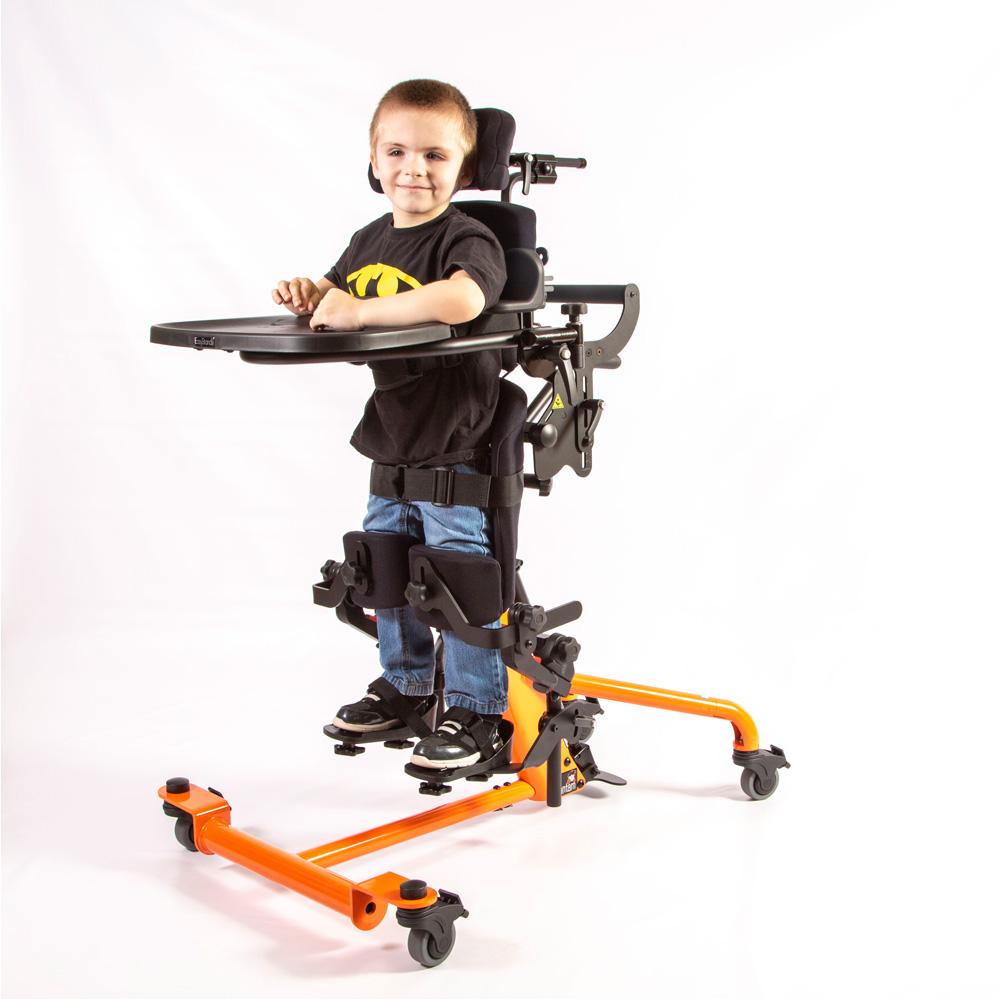
Easy Stander:
When/if your child loses the ability to walk, get them fitted by a PT for an easy stander. Pulmonary function, movement of the gastrointestinal tract, bone density, and many other systems in the body perform much better when patients are weight-bearing.
Studies have shown that bearing weight at least an hour a day, five days a week improves bone density.
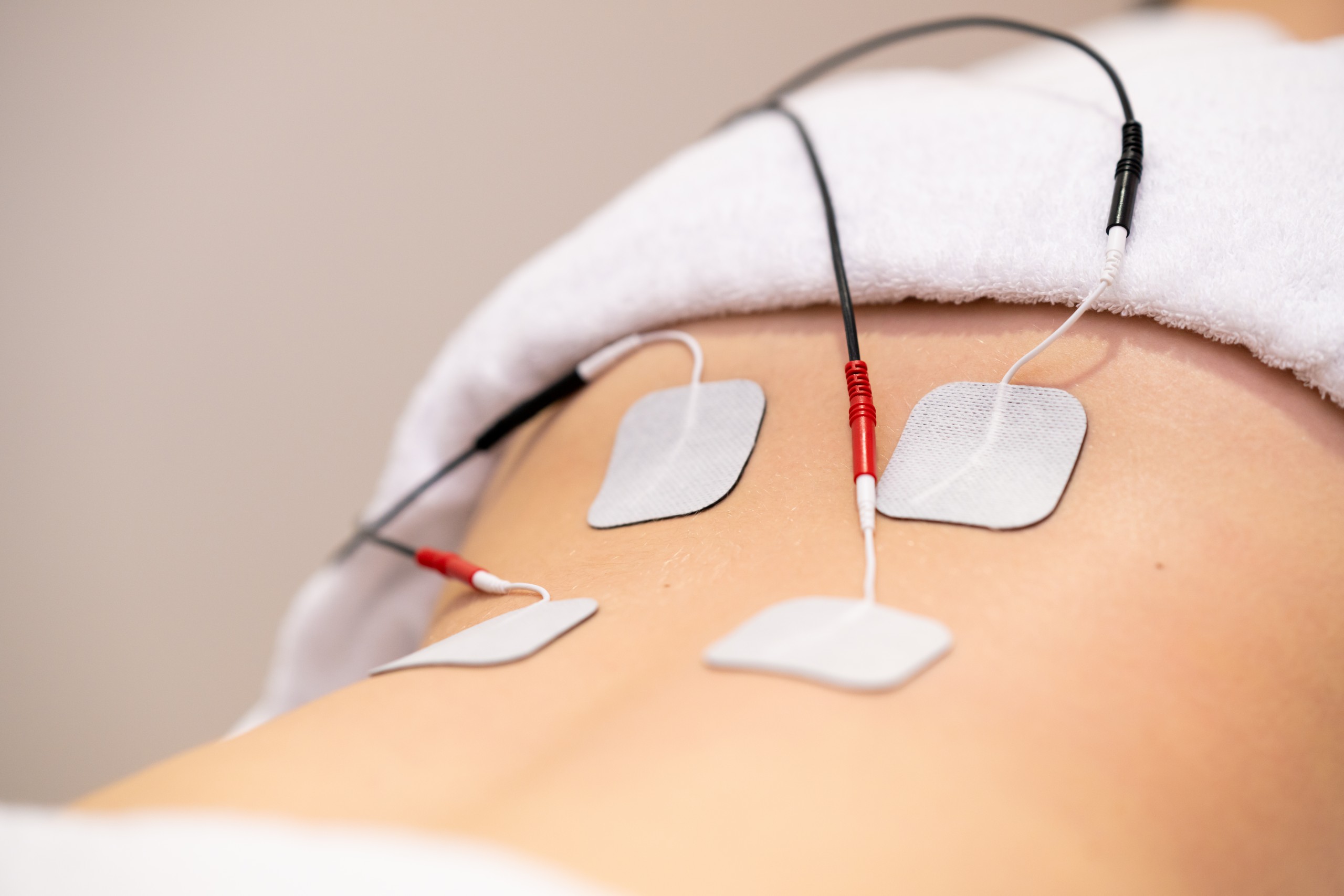
Frequency Specific Microcurrent Therapy (FSMT)
FSMT is a technique that delivers a safe low-level electrical current to certain parts of the body to encourage healing or reduce pain. There are published papers describing the success of FSMT in treating Fibromyalgia. FSM reduces inflammation markers in the majority of Fibromyalgia study subjects.
Hannah Sames has used FSMT for 10 years and her parents feel it’s helped her significantly. If it’s been several weeks since she’s received FSMT and her urinary urgency worsens, they hook her up to the FSM device for 3 consecutive days and see a difference in bladder control. They feel this device is well worth the investment.
Several acupuncturists are also trained in FSMT. The FSM practitioner will program different CNS and peripheral nerve and muscle frequencies to target different tissues to promote healing and reduce inflammation.
Our friend who told us about FSMT had the same shoulder surgery on each shoulder, at different times. He learned of FSMT prior to his second surgery and was astonished how much more quickly he recovered following his second surgery using FSMT.
The practitioner who programmed the FSM device for Hannah Sames retired, but Lori Sames, Exec Dir. of HHF is happy to share the frequencies programmed in Hannah’s FSM device if you can find a practitioner in your area or can obtain a device by a remote practitioner.

Vocal Paresis
Do not perform a tracheotomy, unless absolutely necessary. There’s a new technique where the vocal cord(s) can be tacked back, freeing the airway. Search for an Ear Nose and Throat (ENT) specialist who does this procedure.
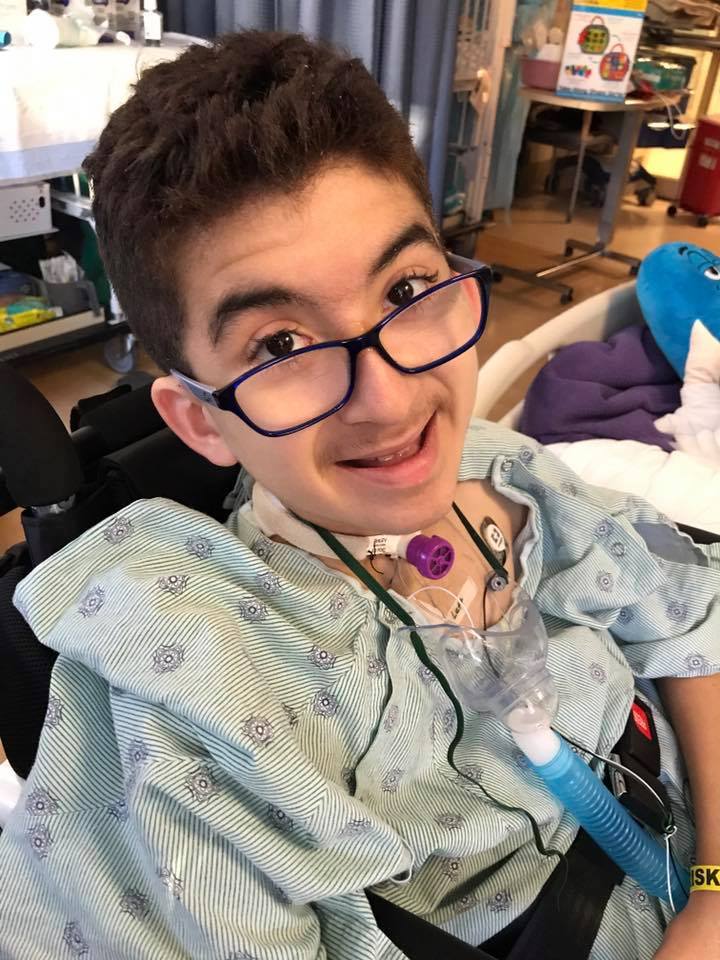
Choking & Aspiration Pneumonia
Both the muscle reflex in the back of the throat, and the mechanism that prevents food from going into the lungs when swallowing, is impacted by GAN. A feeding tube (Gastrointestingal tube, or “g-tube”) is eventually needed. Due to the fact that we all have different genes, and some gene can be compensatory, the age of g-tube placement varies greately, even for subjects I would classify as “typical GAN”. A 13 year old with typical GAN has a g-tube, and a 20.5 year old typically progressing GAN patient still does not have a g-tube. A swallow study is recommended for patients who start coughing consistently when drinking fluids or eating. PLEASE READ WHAT’s already on the website and merge in some of this info.

Pulmonary Function
Speech therapy is critically important for GAN patients. Over time, the messaging from the autonomic nerves that innervate the lungs do not send the message back to the central nervous system that the lungs are depleted of air. Therefore, involuntarily breathing as one speaks in order to blow out audible sentences, doesn’t any longer happen. GAN patients eventually stop speaking and take in a large, deliberate breath in order to complete a sentence. Their diaphragm become weak so core strengthening exercises are encouraged.
Dairy Sensitivity
Many (not all) GAN subjects have a dairy sensitivity and projectile vomit milk and heavy cream. Whey, casein and caseinate are also mike proteins they should also completely avoid if they have a dairy sensitivity. When you have a food sensitivity, the whole GI tract becomes inflamed and nutrients are not absorbed properly. Also, many neurotransmitters are made in the gut. These patients are already neurologically compromised, so if you sense your child has a dairy or gluten sensitivity, completely remove them from their diet. It’s easy nowadays to not feel deprived, as there are fantastic substitutes available.
Dairy Substitutes

Milk
Almond Breeze Original (you never know it’s not cow’s milk). The chocolate Almond Breeze is amazing and is flavored with cocoa, not milk chocolate. Doesn’t have the sweet, funky taste like soy milk. Other options are cashew, oat and coconut milk.

Chocolate
anything flavored with cocoa is fine. Most dark chocolates are fine, just read the ingredients.

Butter
Earth’s Balance is amazing! You can get it at WalMart and most grocery stores, in both stick and in containers. It’s also great to cook with.
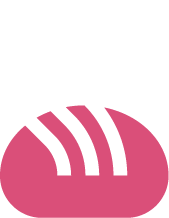
Dinner rolls
Crescent roles are dairy-free.

Bread
Every grocery store except Walmart and Target have great gluten-free bread. Hannah’s not constipated when she is gluten-free. A favorite is Trader Joe’s brown gluten-free bread.
CLINICAL TRIALS
AAV9/GAN gene therapy clinical trial identifier: NCT02362438
Click here to learn more.
